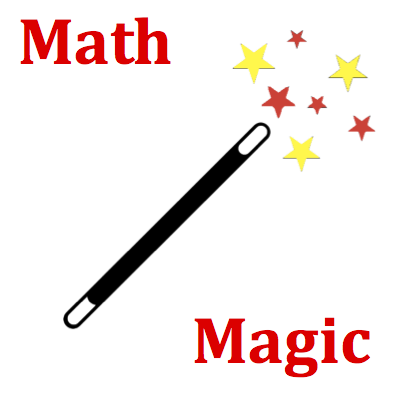Hold down the T key for 3 seconds to activate the audio accessibility mode, at which point you can click the K key to pause and resume audio. Useful for the Check Your Understanding and See Answers.
Mission RL6 TIR and Critical Angle - Question Group 10 Help

Calculate the critical angle for the diamond (n=2.42)/flint glass (n=1.66) boundary. Express your answer in degrees, accurate to the first decimal place.
(Note: The actual material and its index of refraction value are selected at random from a list of possibilities and may vary from those listed above.)

where n2 is the index of refraction of the least dense medium (into which light is heading) and n1 is the index of refraction of the most dense medium (through which light is traveling).

On most calculators, the sin-1 function can be used by pushing two buttons. If you've never used it, then look above the button labeled sin (for sine). You will likely see the sin-1label. Usually, the angle can be determined by pressing the 2nd-Sin button in consecutive fashion. On simpler, 1-line calculators, it is usually necessary that you first determine the ratio of n2/n1 and then click the sin-1 label. On more complex, multiline calculators, the 2nd-Sin buttons are first pressed and then the n2/n1 ratio is entered.

Most calculators interpret angle measures in two or more different units. It is important that your calculator is set to determine the critical angle in units of degrees. If you are using the very common TI-80 something, then check your mode. Click on the MODE button and arrow down to make sure that degrees is hilighted (and not radians).
